Protect broiler performance with HMTBa methionine
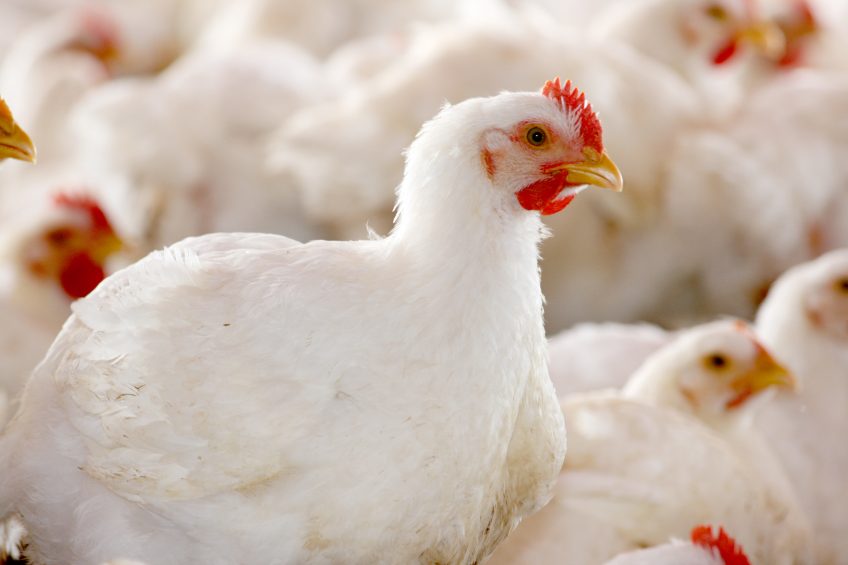
In the United States, the largest poultry-producing country globally, broiler production decisions are based on the smallest of margins, often as little as a fraction of a penny per pound. With such thin margins separating producers, bird performance is a key indicator of success.
Producers can support gut health and overall profitability by supplementing broilers with a methionine source that can protect performance by improving feed conversion ratio (FCR), speed of growth, meat yield, and boosting the producer’s bottom line.
The source matters
Methionine is an essential amino acid, meaning chickens’ bodies (just like humans) can’t make it, so they must consume it. Methionine is also the first limiting amino acid in poultry; a chicken’s growth is limited by the amount of methionine supplemented, to a certain extent.
There is a methionine value in several different feed ingredients broilers consume, but a typical broiler diet does not contain enough to meet their requirements for optimal growth. The most economical way to meet that requirement level is to offer it in the form of a feed supplement.
Of the available sources for methionine supplementation (DL-methionine, L-methionine, and HMTBa), HMTBa (2-hydroxy-4-(methylthio) butanoic acid) is chemically different than D- and L-methionine. HMTBa is a naturally occurring pre-cursor form of methionine that is absorbed differently within the animal’s body and uses less energy.
Protecting performance
Data covering 8 billion broilers in the US from an independent third-party industry benchmarking organisation was evaluated for the difference in growth and carcass performance between birds supplemented with HMTBa and DL-methionine. The data showed roughly 75% of the broilers in the US consume HMTBa, while only 25% consume DL-methionine (Figure 1).
At today’s recommended levels for methionine supplementation, birds fed HMTBa more efficiently convert feed to weight gain than birds that consume DL-methionine (Figure 2). This is well established in the scientific literature, and industry data further supports this.
Fundamental industry change
Broiler diets fed today are denser than in previous years because the shift in animal genetics requires more amino acids to make more protein to grow bigger, faster. That’s a fundamental industry change, and poultry diets have changed to meet the genetics of the animal.
Birds consuming DL-methionine will stop eating when the methionine levels in the blood plasma gets too high. Birds fed HMTBa have much lower levels of methionine in the blood plasma because HMTBa is converted to methionine in the tissues. This allows birds fed HMTBa to have higher feed intake at high levels of methionine supplementation.
Speed of growth
Broilers fed HMTBa have a superior growth rate, achieving a target body weight of 6 pounds (2.7 kg) between 0.5 and 1.7 days sooner (Figure 3). At an average of 1-day sooner, with 1-day equivalent to one point of feed conversion, the economic value of choosing HMTBa over DL-methionine as the methionine source is worth approximately US$10,000 for every 1 million birds produced.
Futher analysis indicates broiler complexes meeting their methionine needs with HMTBa have an improvement in without giblet (WOG) meat yield (Figure 4). With an average increase (2005-2015) of 1.67% in yield, producers get more sellable meat from each chicken. The economic value of this improvement in meat yield would equal another $0.03 – $0.04 profit per broiler or $30,000 – $40,000 for every 1 million birds produced.
Value of HMTBa
In the case of broilers, there is added-value from choosing HMTBa as the methionine source. HMTBa is a chemically different and functionally better source of methionine with value beyond meeting the basic amino acid needs of the animal. Being a different chemical compound and improving energetic efficiency offer the added benefit of reducing the environmental impact of meat production.
A producer’s methionine source should generate the most economic value. Analysis of third party benchmarking of performance by methionine source shows HMTBa, in the form of Alimet feed supplement, provides an economic return beyond its methionine value of over $0.06 per bird. That’s an opportunity producers cannot afford to overlook.
Author: Megharaja Manangi, research Sr. scientist, poultry nutrition, Novus International, Inc.
References available upon request


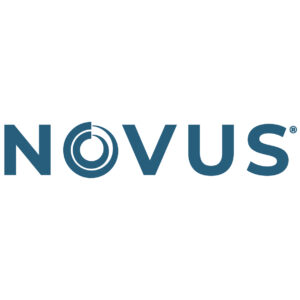
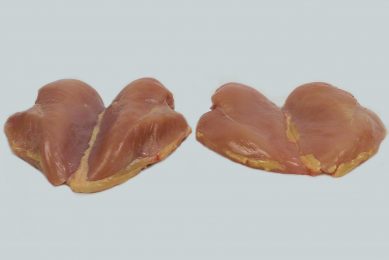
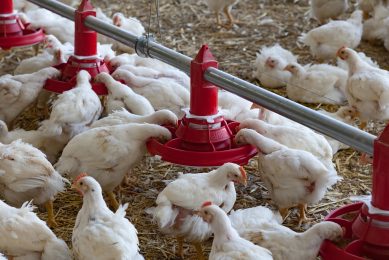
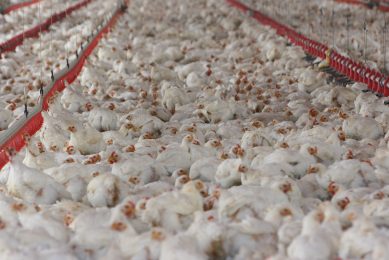
![Improved performance and stronger egg shells are some of the traits enhanced by chelated trace minerals. [Photo: World Poultry]](https://www.poultryworld.net/app/uploads/2021/04/001_419_rb-image-2724060-389x260.jpeg)